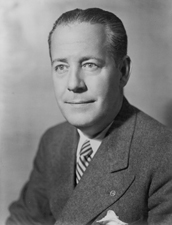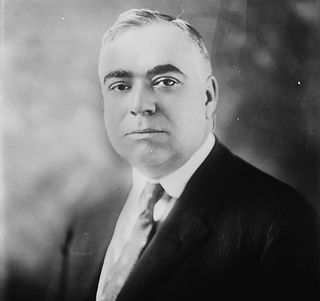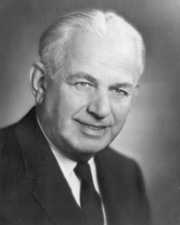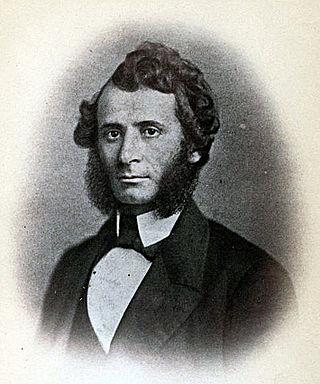Herbert O'Conor | |
|---|---|
 | |
| United States Senator from Maryland | |
| In office January 3, 1947 –January 3, 1953 | |
| Children | 5 |
| Education | Loyola University, Maryland (BA) University of Maryland, Baltimore (LLB) |
| Military service | |
| Allegiance | |
| Branch/service | |
| Unit | United States Naval Reserve |
| Battles/wars | World War I |
Herbert Romulus O'Conor (November 17, 1896 –March 4, 1960) was an American lawyer serving as the 51st Governor of Maryland from 1939 to 1947. He also served in the United States Senate, representing Maryland from 1947 to 1953. He was a Democrat. [1] [2]
Contents
O'Conor was born in Baltimore, Maryland to James P. A. O'Conor and Mary Ann (Galvin) O'Conor. He received his B.A. degree from Loyola College and graduated from the University of Maryland School of Law in 1920. While in school, O'Conor was a reporter for the Baltimore Sun and Baltimore Evening Sun from 1919 to 1920. On November 24, 1920, O'Conor married Mary Eugenia Byrnes (1896–1971) and they had five children, Herbert R. Jr., Eugene F., James Patrick, Robert and Mary Patricia.
From 1921 to 1922, O'Conor served as the assistant state's attorney for Baltimore. In 1923, he was elected State's Attorney of Baltimore City, and served there until he was elected as the Attorney General of Maryland in 1934. O'Conor also served in the National Association of Attorneys General in 1937. His secretary, Camilla Conroy, died in the burning of the luxury liner SS Morro Castle in 1934. O'Conor identified her body which was found floating face down close to the wreck site.

O'Conor was elected as Governor of Maryland in 1938, defeating incumbent Republican governor Harry W. Nice. In doing so, he became the first Roman Catholic of Irish descent to serve in that position. As governor, O'Conor created the Maryland Council of Defense during the Second World War. He also worked towards improving the state transportation system, and worked towards the construction of new bridges over the Susquehanna and Potomac Rivers. He also worked with other states to encourage inter-state cooperation, and served in positions including the Chairman of the Governor's Conference in 1941, and the President of the Council of State Government in 1943.
Near the end of World War II, O'Conor sought to improve the effects of the War and founded the Commission on Post War Reconstruction and Development. He also sought to improve the Maryland healthcare system.
O'Conor was elected to the United States Senate in 1946, but chose not to run for re-election in 1952. In the Senate, O'Conor served as chairman of the Special Committee on Organized Crime in Interstate Commerce from May to September, 1951, during the Eighty-first Congress. After his tenure in the Senate, he continued the practice of law in Baltimore and Washington, D.C., until his death in Baltimore. He is interred in New Cathedral Cemetery.

















